News
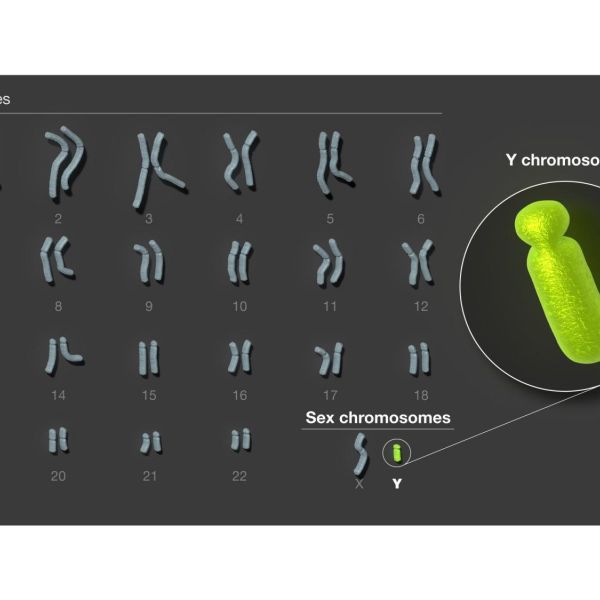
Aug 24, 2023
DNA sequence of the human Y chromosome fully determined for first time
The first full sequence of the last human chromosome — the Y chromosome — to be assembled is complete, thanks to an international collaboration that includes Penn State researchers. The new sequence, which fills in gaps across more than 50% of the Y chromosome’s length, uncovers genomic features with implications for fertility, as well as cancer risk and severity.
Full Article
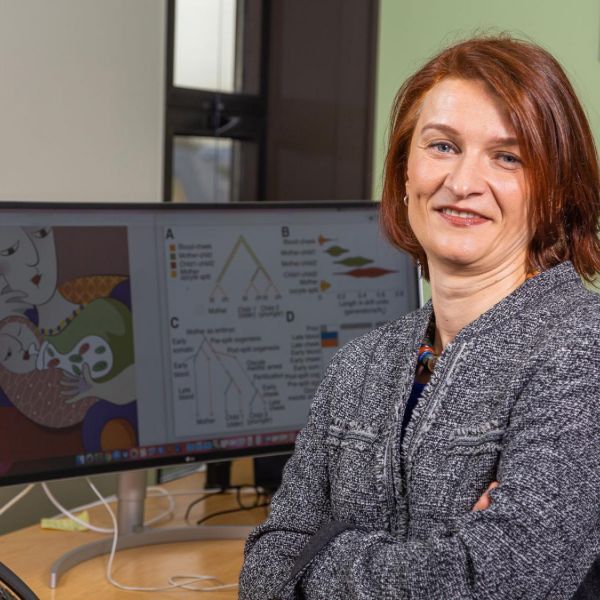
Oct 03, 2022
Makova awarded Masatoshi Nei Innovation Prize in Biology
Kateryna Makova, Verne M. Willaman Chair in the Life Sciences and professor of biology at Penn State, has been awarded the Masatoshi Nei Innovation Prize in Biology. The award was established through a generous gift from Masatoshi Nei, emeritus professor of biology at Penn State and Laura Carnell Professor of Biology at Temple University, and his wife Nobuko Nei.
Full Article
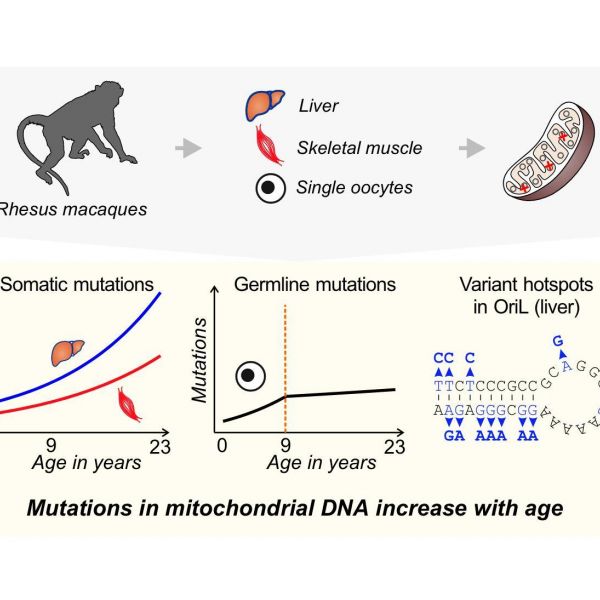
Apr 05, 2022
Are egg cells in aging primates protected from mutations?
A new study shows that mutation frequencies in mitochondrial DNA are lower, and increase less with age, in the precursors of egg cells than in the cells of other tissues in a primate.
Full Article
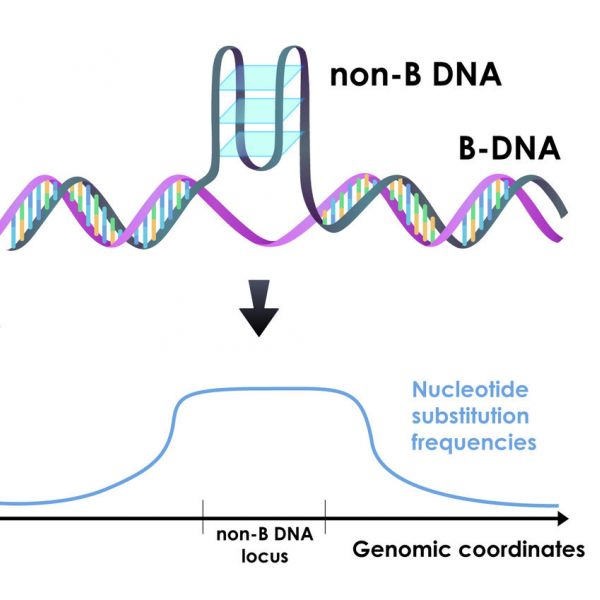
Feb 08, 2021
Unusual DNA folding increases the rates of mutations
DNA sequences that can fold into shapes other than the classic double helix tend to have higher mutation rates than other regions in the human genome. New research by a team of Penn State scientists shows that the elevated mutation rate in these sequences plays a major role in determining regional variation in mutation rates across the genome.
Full Article
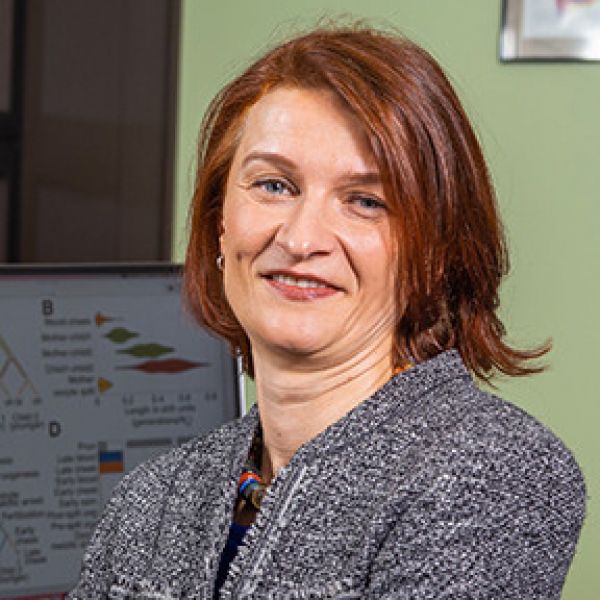
Oct 14, 2020
Makova selected as holder of the Verne M. Willaman Chair in the Life Sciences
Kateryna Makova, Pentz Professor of Biology at Penn State, has been appointed as holder of the Verne M. Willaman Chair in the Life Sciences. The appointment, effective on Sept. 1, was made by the Office of the President of the University, based on the recommendation of the dean, in recognition of Makova’s national and international reputation for excellence in research and teaching.
Full Article
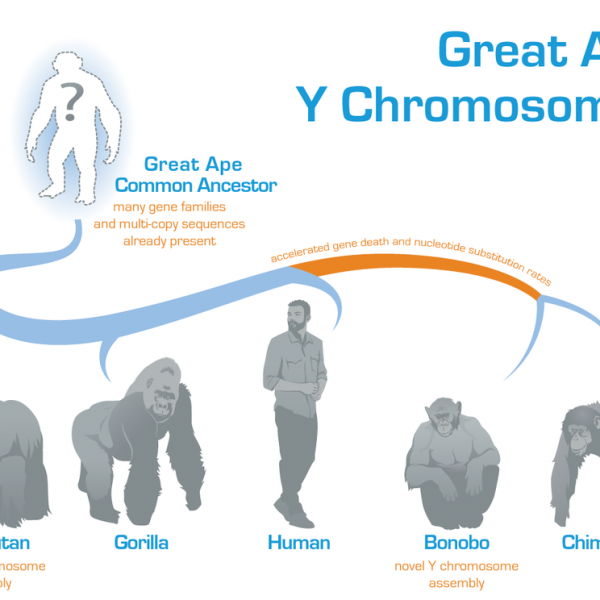
Oct 07, 2020
Evolution of the Y chromosome in great apes deciphered
New analysis of the DNA sequence of the male-specific Y chromosomes from all living species of the great ape family helps to clarify our understanding of how this enigmatic chromosome evolved.
Full Article
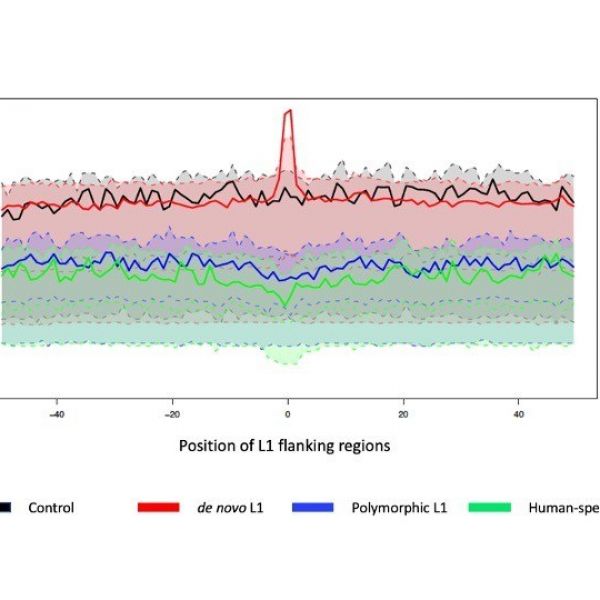
Oct 02, 2020
Scientists take a step toward understanding 'jumping genes' effect on the genome
Using state-of-the-art statistical methods, a team of researchers said they may have taken a leap closer to understanding a class of jumping genes, sequences that move to different locations in the human genome, which is the body’s complete set of DNA.
Full Article

May 02, 2019
NIH Grant Funds Research to Pinpoint Natural Selection’s Influence on Genomes
With a $1.7 million grant through the National Institutes of Health, researchers led by Michael DeGiorgio will begin to tease apart individual forces to understand how much influence natural selection has had on our evolutionary path.
Full Article
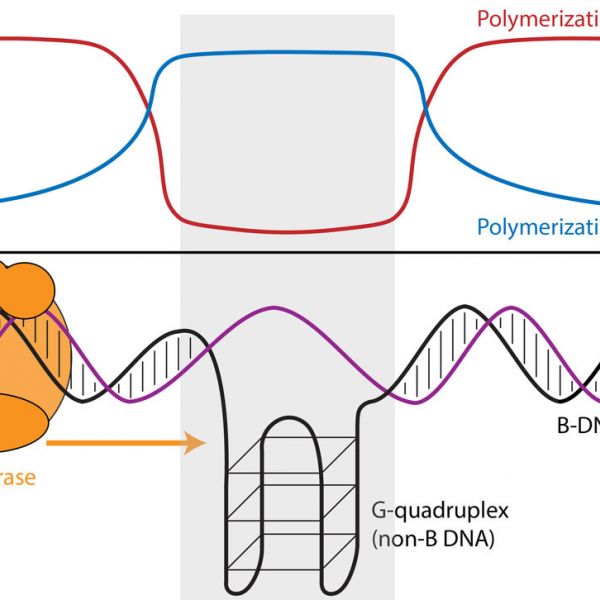
Jan 15, 2019
Differences in genes’ geographic origin influence mitochondrial function
Differences in the geographic origin of genes may affect the function of human mitochondria — energy-generating organelles inside of cells — according to a new study. Mitochondria have their own genome, separate from the nuclear genome contained in the nucleus of the cell, and both genomes harbor genes integral to energy production by mitochondria. The study explores whether these “mito-nuclear” interactions, which are fine-tuned by natural selection over deep evolutionary time, could be altered when genes of different geographic origins are brought together within a genome.
Full Article
Oct 16, 2014
Children born to older mothers have greater rates of mitochondrial mutations
The discovery of a "maternal age effect" by a team of Penn State scientists that could be used to predict the accumulation of mitochondrial DNA mutations in maternal egg cells — and the transmission of these mutations to children — could provide valuable insights for genetic counseling.
Full Article